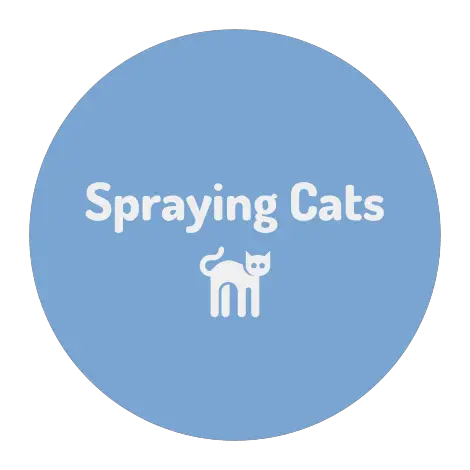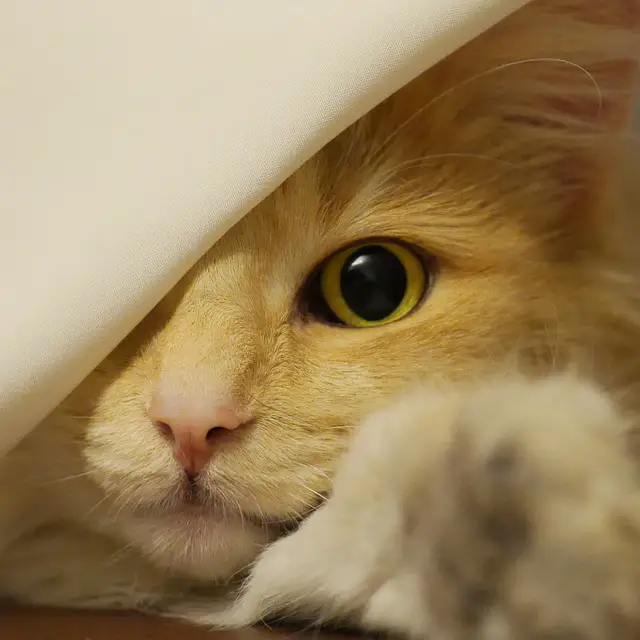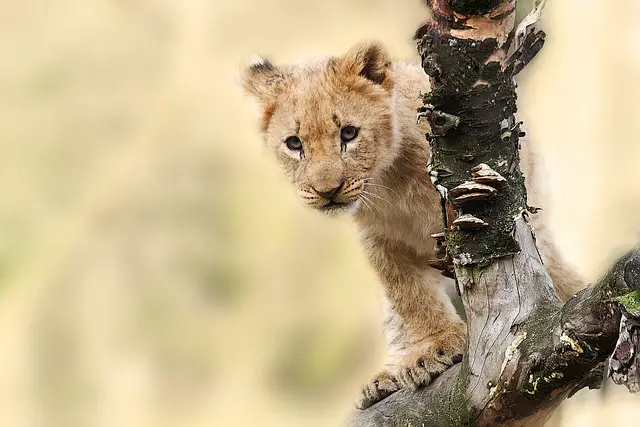Norwegian Forest Cats are a unique breed of feline that originated in Norway. Known for their thick, fluffy coats and large size, these cats are often associated with cold weather and winter climates.
Many people wonder if Norwegian Forest Cats enjoy the cold or if they tolerate it.
Despite their reputation as cold-weather cats, Norwegian Forest Cats have a wide range of temperature preferences.
While they are certainly well-suited to colder climates, they are also comfortable in warmer environments as long as they have access to shade and plenty of water.
In fact, some Norwegian Forest Cats may even prefer warmer temperatures, mainly if they are indoor cats who are not acclimated to the cold.
Overall, Norwegian Forest Cats are a hardy breed that can adapt to various climates.
While they may enjoy the occasional romp in the snow, they are just as happy lounging in the sun or cuddling on a cozy bed.
Understanding their preferences and providing a comfortable environment is critical to ensuring their happiness and well-being.
Norwegian Forest Cats and Cold Weather
Norwegian Forest Cats, also known as “Wegies,” are a breed of cat that originated in Norway and are known for their thick, water-resistant coat and muscular build.
They are well-suited for cold weather due to their thick fur, but it is essential to understand their specific needs to ensure their health and comfort.
Wegies are adapted to the cold weather of their native Norway and can tolerate temperatures as low as -5°C (23°F).
They have a double coat, with a soft undercoat and longer, coarser guard hairs that protect them from the elements.
Their fur is also water-resistant, which helps to keep them dry in wet and snowy conditions.
In addition to their thick fur, Wegies have a muscular build that helps them to generate body heat.
They are also active cats that love to play and explore, which helps to keep them warm. However, providing them with a warm and cozy place to rest when not active is essential, such as a heated bed or a spot near a heat source.
While Wegies are well-suited for cold weather, monitoring them for signs of discomfort or illness is essential.
Signs that a cat may be too cold include shivering, lethargy, and decreased appetite. If a cat is showing discomfort, it is essential to provide them with a warm and comfortable environment and seek veterinary care if necessary.
Overall, Norwegian Forest Cats are well-suited for cold weather due to their thick fur, muscular build, and active nature.
However, it is essential to understand their specific needs and to monitor them for signs of discomfort or illness to ensure their health and comfort in cold weather conditions.
Adaptations for Cold Weather
Norwegian Forest Cats are known for their thick, double-layered coats that provide excellent insulation against the cold. Their water-resistant fur helps them stay dry in wet and snowy conditions. They also have long, bushy tails to wrap around themselves for added warmth.
In addition to their fur, Norwegian Forest Cats have other adaptations that help them survive in cold weather.
For example, they have large, round paws with tufts of fur between their toes that act as snowshoes. This allows them to walk on snow without sinking in too deeply.
They also have sharp claws that they can use to climb trees and find shelter from the cold.
Norwegian Forest Cats are also skilled hunters, which helps them find food in the winter when prey is scarce.
They have excellent hearing and can detect small movements in the snow, allowing them to locate rodents and other prey. Their large size and muscular build also make them strong and agile hunters.
Overall, Norwegian Forest Cats are well-adapted to cold weather and can thrive in snowy environments. Their thick coats, snowshoe-like paws, and hunting skills help them stay warm and find food even in the harshest conditions.
Behavioral Traits in Cold Weather
Norwegian Forest Cats are known for their thick and long fur coats, which help them stay warm in cold weather. They are also known to have a high tolerance for cold temperatures, sometimes called “winter cats.”
Norwegian Forest Cats tend to be more active and playful in cold weather than in warmer weather. They enjoy exploring their surroundings, climbing trees, and playing in the snow.
However, they also tend to spend more time indoors in colder weather, seeking warmth and comfort.
These cats are also known for their hunting skills, which they use to catch prey such as mice and birds. In cold weather, their hunting instincts may be heightened as they search for food to sustain themselves through winter.
Overall, Norwegian Forest Cats are well-suited to cold weather environments, thanks to their thick fur coats and high tolerance for cold temperatures. They are active and playful in the snow but seek warmth and comfort indoors.
Health Implications in Cold Weather
Norwegian Forest Cats have a thick, water-resistant coat that helps them stay warm even in cold weather. However, they are not immune to the health implications of exposure to extreme cold.
One of the main concerns for Norwegian Forest Cats in cold weather is hypothermia.
This occurs when their body temperature drops below normal levels, leading to symptoms including shivering, lethargy, and even coma. Monitoring your cat’s behavior and body temperature outside in cold weather is essential.
Another health concern for Norwegian Forest Cats in cold weather is frostbite. This occurs when the skin and underlying tissues freeze, leading to tissue damage and even amputation in severe cases.
Frostbite is most common in the ears, tail, and paws, so checking these areas regularly for signs of damage is essential.
Providing your Norwegian Forest Cat with a warm, dry place to rest when outside in cold weather is essential to prevent these health issues.
You can also consider providing them with a heated bed or blanket to help them stay warm. Additionally, you should closely monitor your cat’s behavior and body temperature and bring them inside if they show signs of hypothermia or frostbite.
Overall, while Norwegian Forest Cats are well-suited to cold weather, it is essential to take precautions to ensure their health and well-being in extreme temperatures.
Caring for Norwegian Forest Cats in Cold Weather
Norwegian Forest Cats are known for their thick, long-haired coats that protect them from harsh weather conditions. However, owners must care for their cats during cold weather to ensure their health and comfort.
A critical aspect of caring for Norwegian Forest Cats in cold weather is providing them with a warm and comfortable living environment.
This can be achieved by providing them with a cozy bed, blankets, and a heated pad. Keeping the cat’s living area free of drafts is also essential, as well as ensuring their water and food are not frozen.
Another aspect of caring for Norwegian Forest Cats in cold weather is grooming. Regular grooming helps to remove any mats or tangles in the cat’s fur, which can cause discomfort and even lead to skin irritation.
Grooming also helps to distribute the cat’s natural oils, which can help to keep their coat healthy and shiny.
In addition to providing a warm living environment and regular grooming, monitoring your cat’s behavior during cold weather is essential.
Signs of discomfort or illness may include lethargy, loss of appetite, and shivering. If you notice these signs, taking your cat to the veterinarian for a check-up is essential.
Caring for Norwegian Forest Cats in cold weather requires extra attention and care. By providing a warm and comfortable living environment, regular grooming, and monitoring your cat’s behavior, you can help to ensure their health and comfort during the colder months.
[su_box title=”Affiliate Disclosure”]This website is supported by its readers. Please assume that all links are affiliate links. If you make a purchase from one of the links we will make a commission from Amazon. Thank you.[/su_box]




